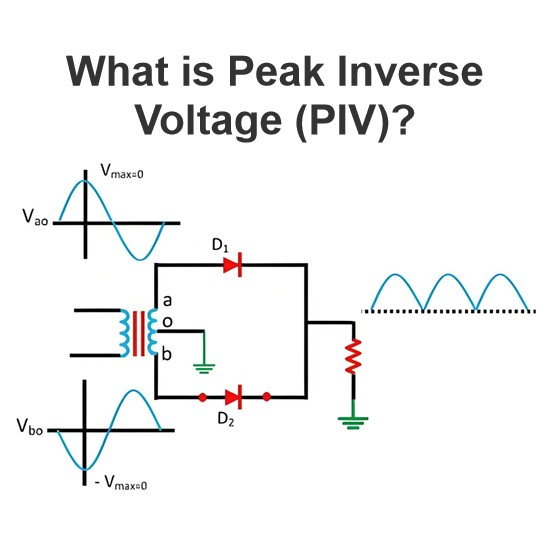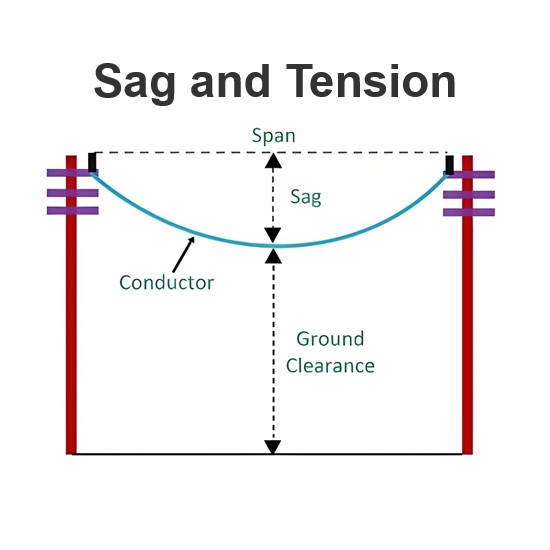Determination of strand size
The number and diameter of strands in a cable depend on the specific purpose of the cable, rated current, operating voltage, environmental conditions, and safety requirements.
Method for determining the size of stranded wire
Calculate current carrying capacity
Current density: First determine the maximum current that the cable needs to carry. The required cross-sectional area is then calculated based on the material of the cable (such as copper or aluminum) and the allowable current density.
Formula: A= I/ J where A is the required cross-sectional area (mm²), I is the maximum current (A), and J is the allowable current density (A/mm²).
Voltage level considered
Different voltage levels have different insulation requirements for cables, which will also affect the size selection of the stranded wire. Higher voltage levels require thicker insulation and larger sizes of stranded wires to ensure electrical safety.
Environmental considerations
The use of the cable environment will also affect the size of the twisted wire selection. If the cable will be used in harsh environments such as high temperature, humidity, and corrosion, it is necessary to choose a cable with better heat, moisture, and corrosion resistance, and the size and material of the twisted wire may also need to be adjusted accordingly.
Consider mounting method
The installation method of the cable also affects the size selection of the stranded cable. If the cable needs to be laid through the pipe, aerial installation or buried laying, different installation methods have different requirements for the mechanical strength and flexibility of the cable, which affects the size and number of twisted wires.
Sum up
Determining the appropriate size of the strand for a specific application requires a comprehensive consideration of current carrying capacity, environmental conditions, safety requirements and other factors, and reference to relevant standards and manufacturer data.
The Electricity Encyclopedia is dedicated to accelerating the dissemination and application of electricity knowledge and adding impetus to the development and innovation of the electricity industry.













